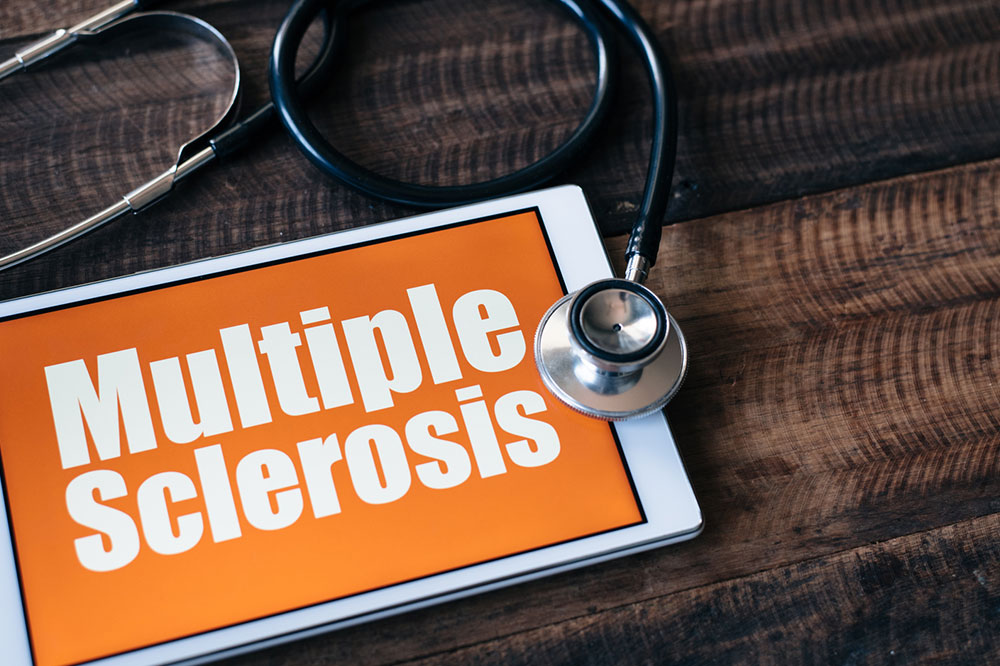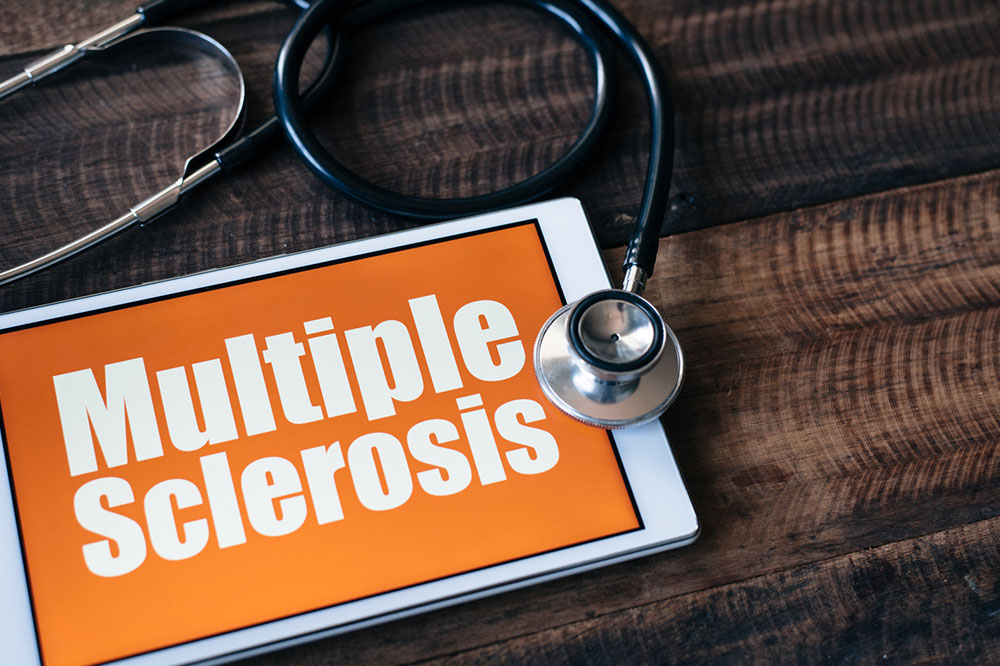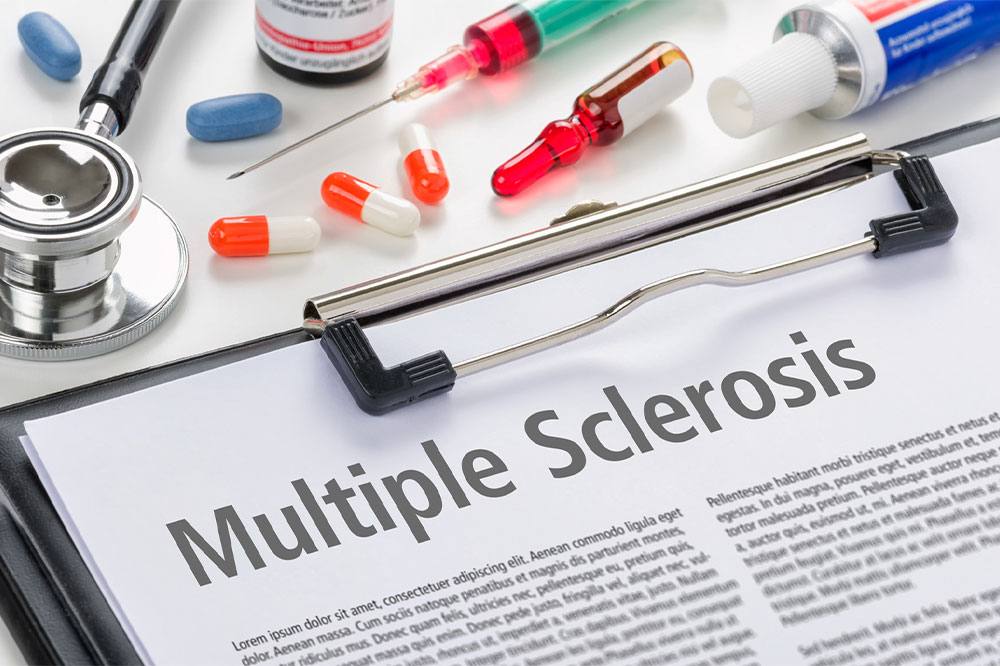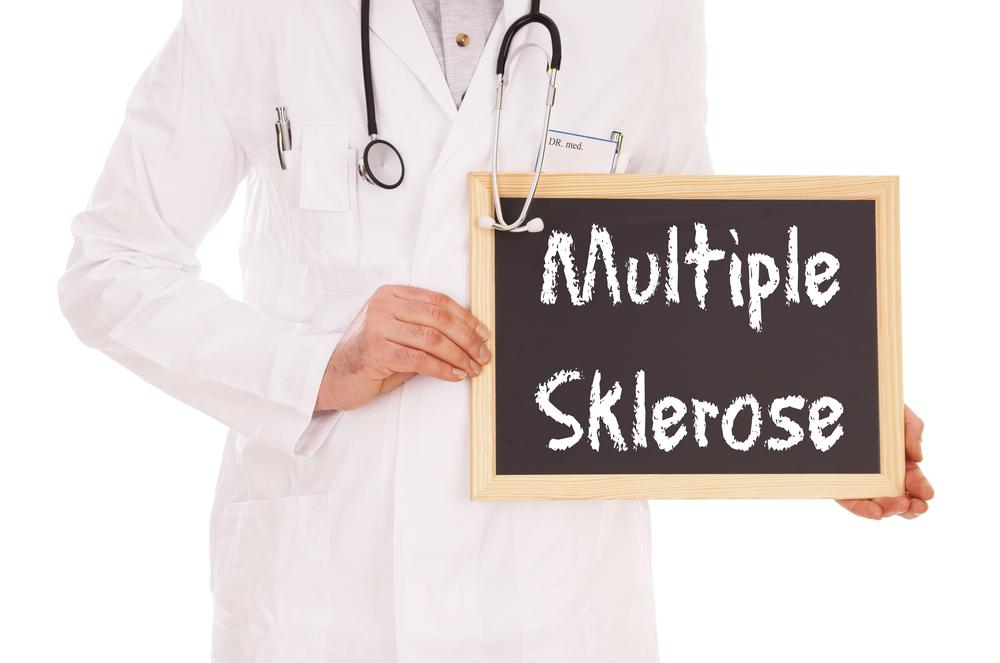Comprehensive Guide to Multiple Sclerosis: Key Facts, Symptoms, and Treatment Options
This comprehensive guide provides essential insights into multiple sclerosis (MS), including its causes, symptoms, types, and treatment options. With over 1 million Americans affected, understanding MS is crucial for early diagnosis and effective management. The article covers disease mechanisms, common symptoms like fatigue and mobility issues, and current treatment strategies aimed at symptom control and slowing progression. Emphasizing the importance of a multidisciplinary approach, lifestyle adjustments, and ongoing research, this detailed overview aims to help patients and caregivers navigate living with MS and improve quality of life.

Comprehensive Guide to Multiple Sclerosis: Key Facts, Symptoms, and Treatment Options
Multiple sclerosis (MS) is a complex, long-term autoimmune disease that affects the central nervous system, including the brain and spinal cord. It is characterized by the immune system mistakenly attacking the protective myelin sheath covering nerve fibers, leading to disruptions in nerve signal transmission. This condition can lead to a wide range of neurological symptoms and varying degrees of disability. Although there is currently no cure for MS, advances in medical research have provided effective management strategies to help individuals live better with the disease. Understanding MS, its symptoms, types, causes, and treatment options is essential for patients, caregivers, and healthcare professionals alike.
What Exactly Is Multiple Sclerosis?
Multiple sclerosis is a chronic autoimmune disorder where the immune system targets the myelin sheath—a fatty layer that insulates nerve fibers in the central nervous system. The myelin acts like an insulating cover that ensures electrical impulses travel smoothly along nerves. When this sheath gets damaged, nerve impulses are slowed or blocked, resulting in various neurological problems. Over time, repeated episodes or ongoing damage can result in permanent neurological deficits, impacting mobility, vision, speech, and other bodily functions.
Despite considerable research, the exact cause of MS remains unknown. Evidence suggests that a combination of genetic predispositions and environmental factors, such as viral infections, vitamin D deficiency, smoking, and geographic location, may trigger the disease in susceptible individuals. The progressive nature of MS can lead to significant disability over time, making early diagnosis and management crucial for improving quality of life.
Types of Multiple Sclerosis
Multiple sclerosis presents in several different forms, broadly classified into two main categories based on symptom progression and relapses:
Relapsing-remitting MS (RRMS)
This is the most common type of MS, accounting for approximately 85% of cases at diagnosis. It consists of episodes (relapses) where new or worsening neurological symptoms occur, followed by periods of partial or complete recovery (remissions). These remission phases can last months or even years. Over time, many individuals with RRMS transition into secondary progressive MS, characterized by gradually worsening symptoms with fewer or no relapses.
Primary progressive MS (PPMS)
This form involves a continuous decline in neurological function from the start without discrete relapses or remissions. Patients experience a steady worsening of symptoms, which can be less punctuated but equally debilitating. PPMS tends to affect older adults more frequently and may be more resistant to certain treatments.
Common Symptoms of Multiple Sclerosis
Symptoms of MS are diverse and depend on the location and extent of nerve damage. Common clinical features include:
Muscle weakness, often affecting one side or limb
Involuntary movements or tremors, which can interfere with coordination
Visual disturbances such as blurred vision, double vision, or optic neuritis
Sensory disturbances like numbness, tingling, or a feeling of electrical shocks, especially in the neck and spine
Fatigue that can be overwhelming and impact daily activities
Difficulty with speech and swallowing
Problems with bladder and bowel control
Dizziness, vertigo, and balance issues
Sexual dysfunction
Cognitive difficulties, including memory issues and concentration problems
Recognizing these symptoms early can facilitate timely diagnosis and intervention, which can slow disease progression and improve patient outcomes.
Managing and Treating Multiple Sclerosis
Although MS is a lifelong condition with no known cure, many treatment strategies exist to manage symptoms, modify disease progression, and improve quality of life. The treatment approach varies based on the type of MS, severity of symptoms, and individual patient factors.
Medications and Therapies
The mainstay of MS treatment involves disease-modifying therapies (DMTs) that reduce the frequency and severity of relapses, delay progression, and limit new lesion formation in the central nervous system. Common DMTs include interferon beta medications, glatiramer acetate, natalizumab, fingolimod, and newer oral agents like dimethyl fumarate and ozanimod. These medications work by modulating or suppressing immune activity, which helps protect nerve fibers from further damage.
In addition to DMTs, symptomatic treatments are crucial. These include corticosteroids to reduce inflammation during relapses, medications for pain management, muscle relaxants for spasticity, and therapies to address bladder, bowel, and sexual dysfunction.
Rehabilitation and Lifestyle Adjustments
Physiotherapy, occupational therapy, and speech therapy can help maintain mobility, improve daily functioning, and manage specific symptoms. Exercise programs tailored to individual capabilities can also enhance physical fitness and reduce fatigue.
Adopting a healthy lifestyle is vital, including a balanced diet rich in nutrients, adequate hydration, regular exercise, stress management, and avoiding smoking. Some patients find dietary supplements, such as vitamin D, beneficial, though consultation with healthcare providers is essential.
Emerging Treatments and Future Directions
Research continues to explore new disease-modifying agents, biological therapies, and personalized medicine approaches. Advances in neurorehabilitation, stem cell therapy, and neuroprotective strategies hold promise for more effective management in the future.
Living with Multiple Sclerosis
Statistics indicate that nearly 1 million Americans are living with MS, with prevalence increasing globally. Education and awareness efforts are critical in fostering understanding, reducing stigma, and providing support. Patients and caregivers must learn to navigate treatment options, manage symptoms, and adapt their lifestyles to maintain as much independence and quality of life as possible.
Support networks, MS advocacy groups, and specialized healthcare teams play vital roles in providing emotional, educational, and practical assistance. While MS presents challenges, many patients lead fulfilling lives by harnessing medical advances, support systems, and personal resilience.





